27 Movies Audiences Either Love or Hate

Movies can spark passionate debates and divide viewers like nothing else. Some films are universally praised, while others leave audiences completely split. These cinematic experiences often push boundaries, challenge conventions, or deliver something so unique that viewers can’t help but have strong reactions. Here are 27 movies that rarely find middle ground with audiences – you’ll either love them or hate them.
1. Mother! (2017)
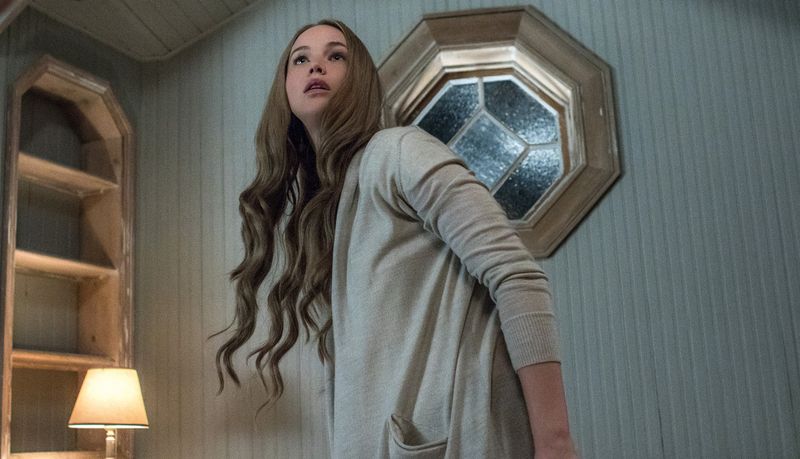
Few films have caused as much division as Darren Aronofsky’s Mother!. To some, it’s a masterpiece of allegorical storytelling, weaving biblical and ecological themes into a surreal nightmare. Others, however, found it pretentious, confusing, and even offensive in its heavy-handed symbolism. The movie sparked walkouts at theaters and lengthy debates online about whether it was profound or simply nonsense.
Jennifer Lawrence’s central performance drew both acclaim and ridicule, depending on the viewer’s patience for the chaos. By the time the credits rolled, audiences were either shaken to their core or furious at having spent two hours lost in metaphor. That kind of extreme reaction is exactly what makes Mother! unforgettable, whether loved or loathed.
2. The Polar Express (2004)
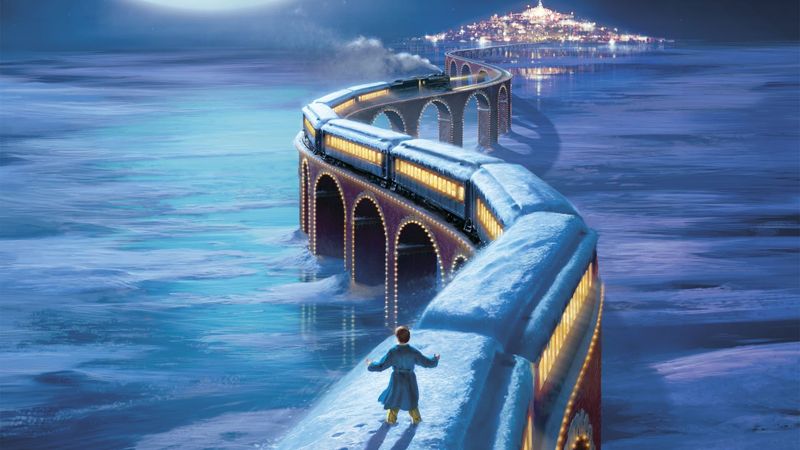
Audiences still can’t agree whether The Polar Express is enchanting or unsettling. Director Robert Zemeckis leaned heavily into early motion-capture animation, creating a world that some viewers found magical and others found eerily lifeless. The so-called “uncanny valley” effect, with characters’ glassy eyes and stiff expressions, left many children captivated while adults debated whether the technology was ready.
Despite the visual divide, the film’s Christmas spirit and soaring soundtrack earned it a loyal holiday following. For every fan who treasures it as a seasonal tradition, another dismisses it as creepy and artificial. Over time, its legacy has shifted from experimental misstep to cult favorite.
3. Don’t Look Up (2021)
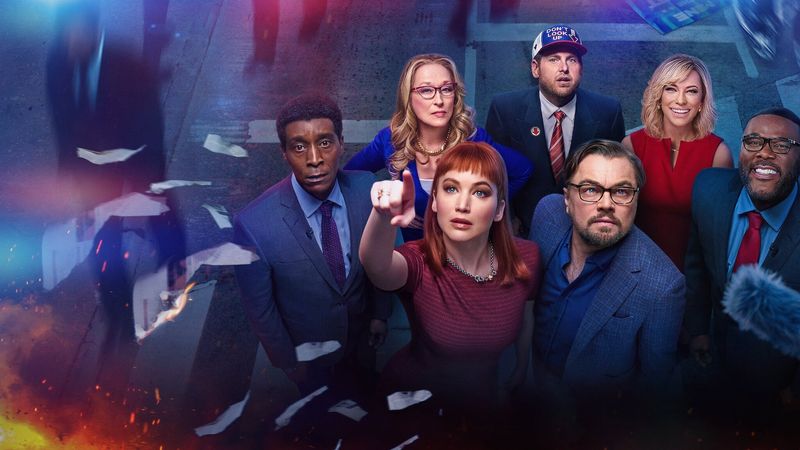
When Adam McKay’s Don’t Look Up hit Netflix, it was impossible to ignore. Some praised it as a biting satire of climate denial and political incompetence, while others dismissed it as smug and preachy. The star-studded cast—Leonardo DiCaprio, Jennifer Lawrence, and Meryl Streep among them—added weight, but also amplified criticism when the humor didn’t land.
Supporters argued that the exaggerated tone was necessary to wake audiences up to real-world crises. Detractors countered that the film hammered its message so bluntly it became exhausting. The divide wasn’t about whether the subject mattered but whether McKay had handled it with subtlety or sledgehammer. In the end, Don’t Look Up became a cultural conversation starter, if not a universally beloved film.
4. Star Wars: The Last Jedi (2017)
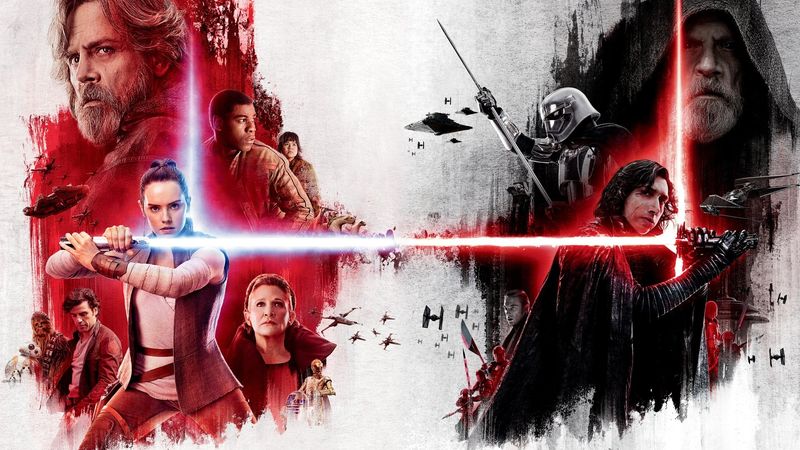
Nothing splits a fandom quite like The Last Jedi. For some, Rian Johnson’s bold choices breathed fresh life into a saga weighed down by nostalgia. Others saw those same decisions—Luke Skywalker’s arc, the subversion of Rey’s parentage—as betrayals of everything the franchise stood for. Online, the debate grew so heated it seemed like the entire galaxy had declared war.
Defenders celebrate the film’s willingness to take risks, especially its deconstruction of hero myths. Critics argue it disrespected beloved characters and introduced uneven pacing and tonal whiplash. Whether hailed as the bravest Star Wars entry or condemned as its downfall, The Last Jedi guarantees sparks whenever it’s mentioned.
5. Irréversible (2002)
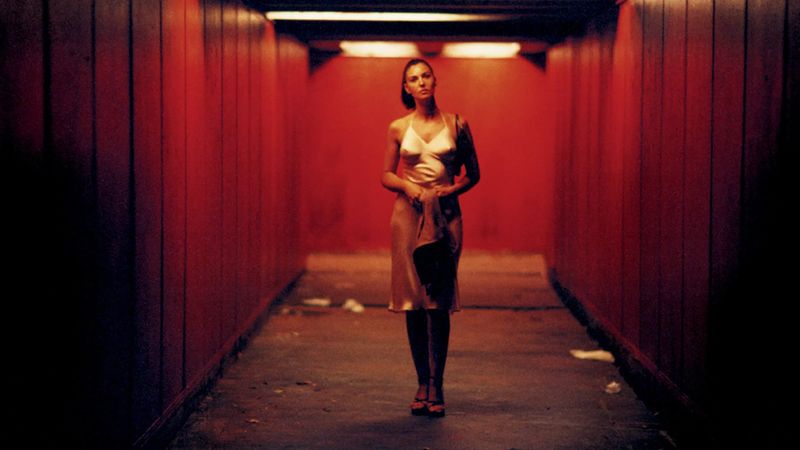
Gaspar Noé’s Irréversible is infamous for its brutal storytelling structure and disturbing imagery. Viewers who admire it often point to its bold reverse chronology and unflinching style. Yet many others can’t see past its harrowing assault scene and relentless violence, calling it exploitation dressed as art. The film was booed and applauded in equal measure when it premiered at Cannes.
Monica Bellucci’s performance is often praised, but critics argue the story reduces her to suffering. Admirers say the film explores the cruelty of fate, while detractors insist it wallows in shock value. To this day, Irréversible remains a film people either defend passionately or refuse to endure.
6. Antichrist (2009)

Provocation is Lars von Trier’s specialty, and Antichrist may be his most polarizing work. Some hailed it as a haunting exploration of grief, nature, and human cruelty, while others recoiled from its graphic violence and shocking imagery. The film’s infamous scenes caused walkouts at Cannes, though it also earned Charlotte Gainsbourg an award for her performance.
Its slow-burn pacing was praised by some as hypnotic and condemned by others as tedious. Fans describe it as daring art that confronts taboos; critics call it pretentious horror designed only to disturb. Even von Trier’s own persona fueled the controversy, as his press conference antics became part of the movie’s legacy. Ultimately, Antichrist is less a film people watch and more an ordeal they experience.
7. Audition (1999)
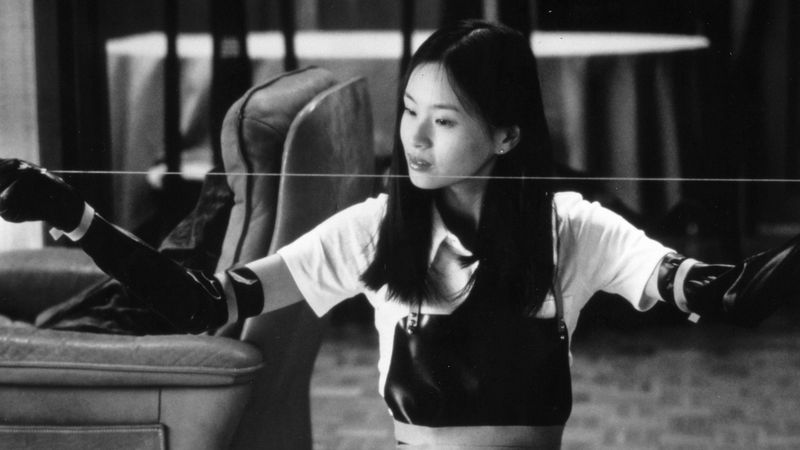
Japanese horror masterpiece or sadistic endurance test? That’s the question most viewers face after Audition. The film begins as a slow, almost romantic drama before plunging into some of the most nightmarish imagery in cinema. Admirers laud its tonal shift as a stroke of genius, catching audiences off guard.
Detractors, however, feel tricked, and many regret staying until the infamous torture scene. Takashi Miike crafted something unforgettable, but unforgettable doesn’t always mean enjoyable. Whether it’s art or trauma often depends entirely on who’s watching.
8. Donnie Darko (2001)
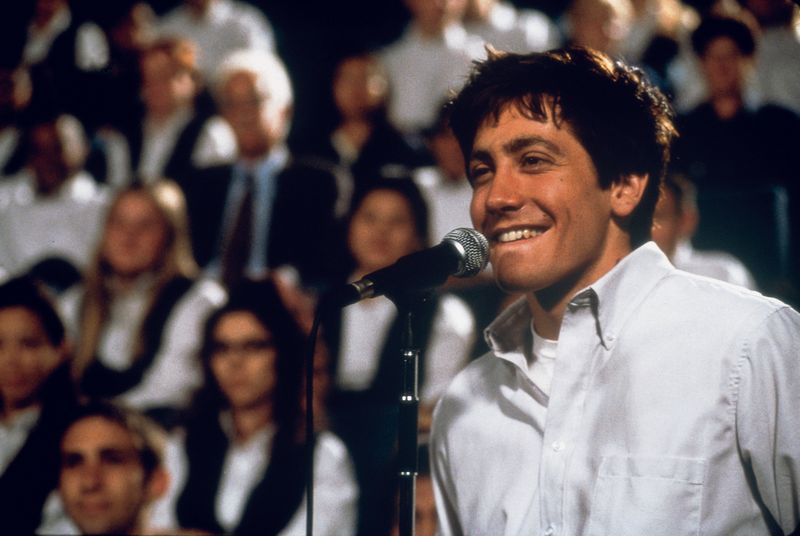
Donnie Darko is a movie that leaves audiences either spellbound or scratching their heads. Some praise it as a haunting meditation on time, fate, and adolescence, wrapped in surreal imagery. Others argue it’s incoherent, overhyped, and adored only because it feels mysterious.
The eerie presence of Frank the rabbit and Jake Gyllenhaal’s brooding performance turned it into a cult favorite. Yet detractors see those same qualities as teenage angst masquerading as profundity. For fans, the ambiguity is a feature that invites endless rewatching and interpretation. For skeptics, it’s a riddle without an answer — and that’s why Donnie Darko remains such a divisive classic.
9. Begotten (1990)
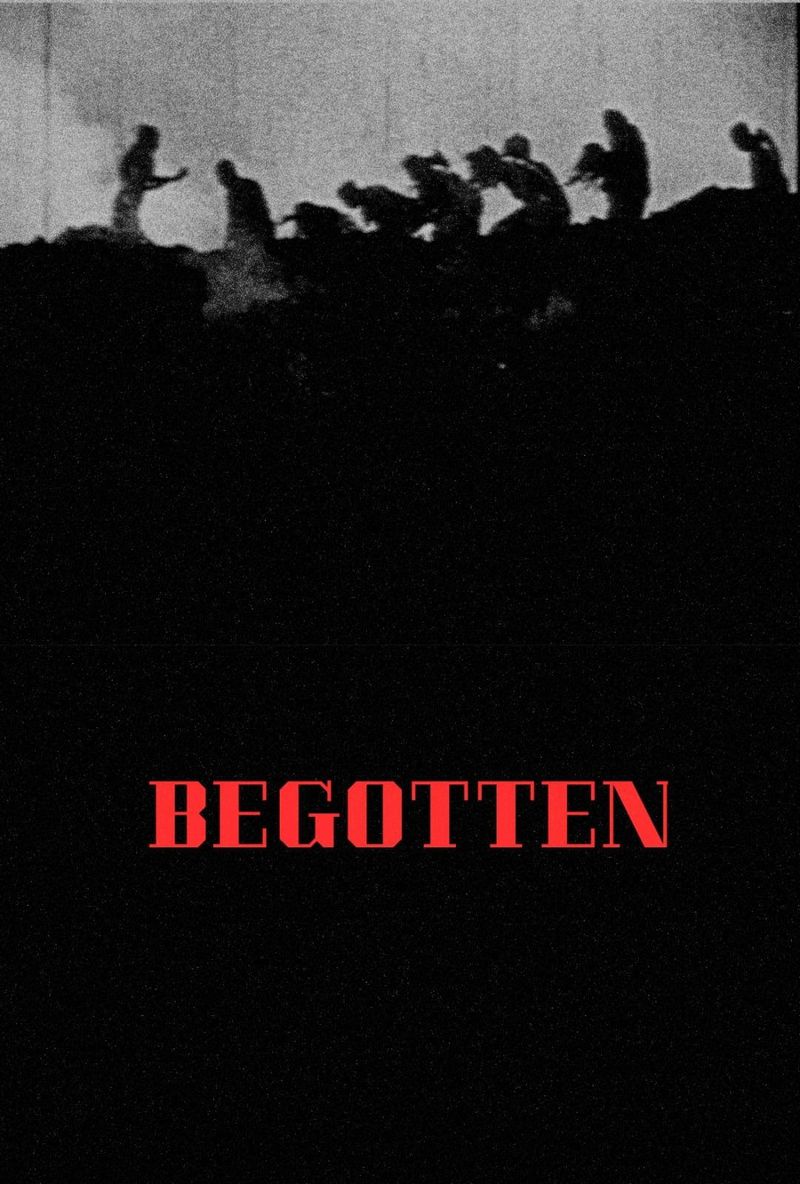
Shot in grainy black-and-white with no dialogue, it plays more like an ancient nightmare than a conventional movie. Admirers see it as avant-garde genius, a disturbing visual poem about creation and death. Critics often dismiss it as unwatchable, confusing, or needlessly grotesque.
The imagery is unforgettable: strange, ritualistic, and deliberately discomforting. To its fans, that’s precisely the point—it rejects narrative comfort. For everyone else, Begotten feels like staring into the abyss and wondering why you’re still watching.
10. The Room (2003)
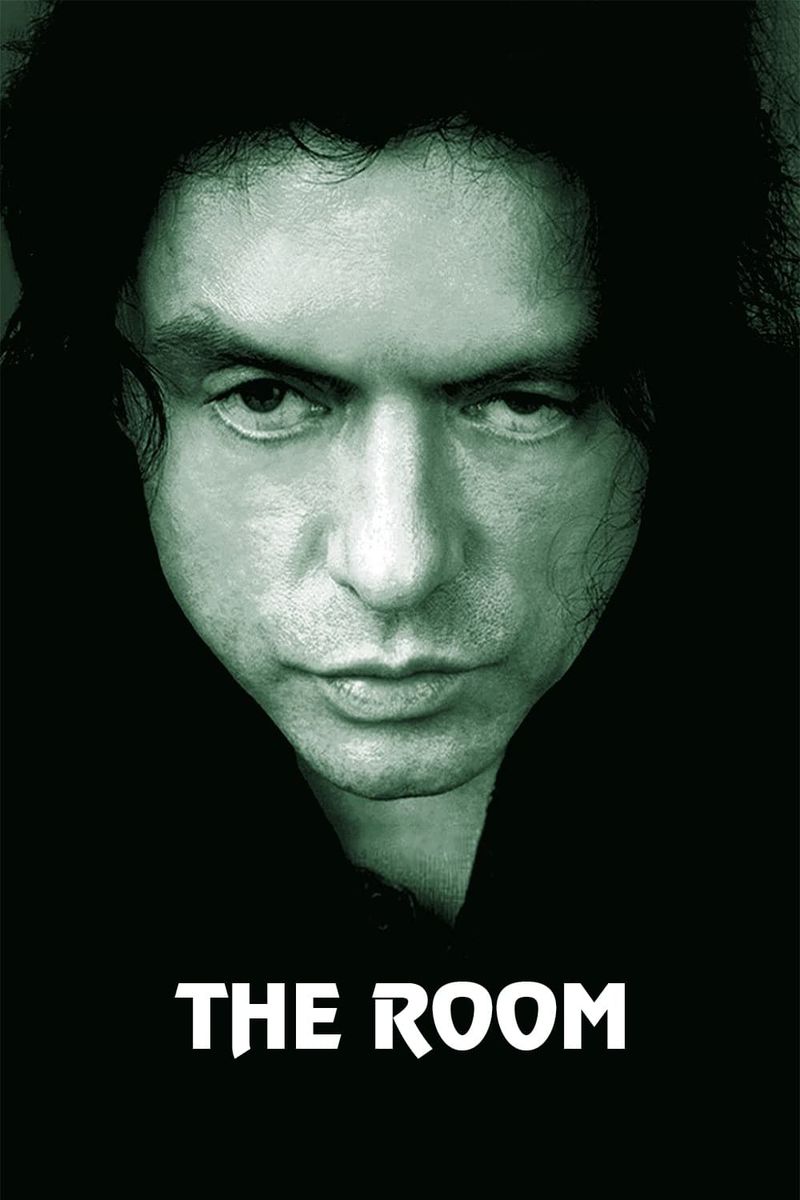
No love-or-hate list would be complete without The Room. Marketed as a drama, it accidentally became one of the funniest bad movies ever made. Supporters embrace its awkward dialogue, baffling plot choices, and Tommy Wiseau’s bizarre performance as comedy gold.
Detractors can’t get past the sheer incompetence, calling it an insult to cinema. Over time, the movie grew into a midnight screening phenomenon, complete with fan rituals and cult devotion. People either revel in its absurdity or cringe at its existence. In the end, The Room proves that even disasters can inspire passionate fandom.
11. Man Bites Dog (1992)
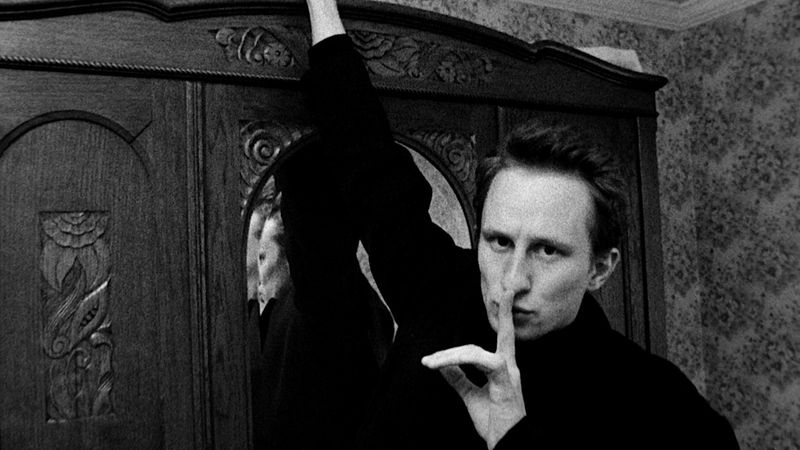
Belgian black comedy Man Bites Dog shocked audiences with its mockumentary style. The story follows a film crew documenting a charismatic serial killer, blurring the line between satire and sadism. Admirers argue it’s a scathing critique of media complicity in violence. Critics often accuse it of glorifying cruelty rather than condemning it.
The handheld camerawork and deadpan humor make it both chilling and absurd. Festivals rewarded its boldness, yet many viewers felt deeply uncomfortable. It remains a cinematic dare—brilliant to some, reprehensible to others.
12. Salò, or the 120 Days of Sodom (1975)
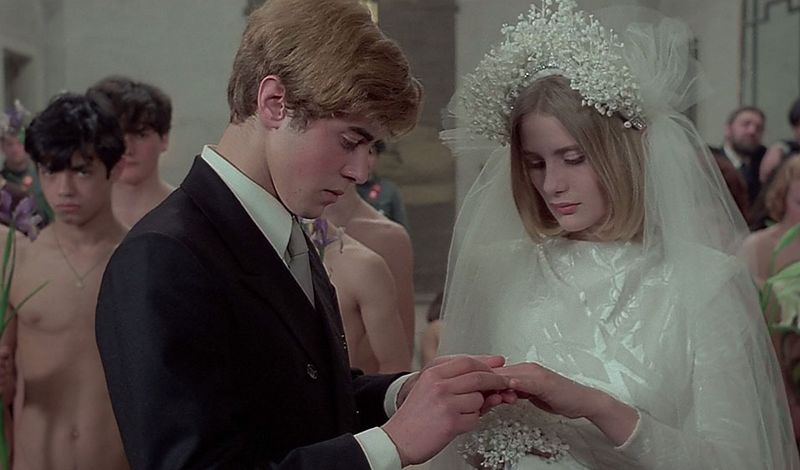
Pier Paolo Pasolini’s Salò is one of the most infamous films ever made. Admirers see it as a savage political allegory about fascism and the corruption of power. Others recoil from its graphic depictions of torture, humiliation, and sexual violence. At screenings, it has provoked fainting, outrage, and bans across the globe.
Some defend it as art that confronts humanity’s darkest impulses; many simply wish it didn’t exist. Pasolini intended to disturb, and in that he succeeded spectacularly. Love or hate it, Salò has never been forgotten by those who dared to watch.
13. The Passion of the Christ (2004)
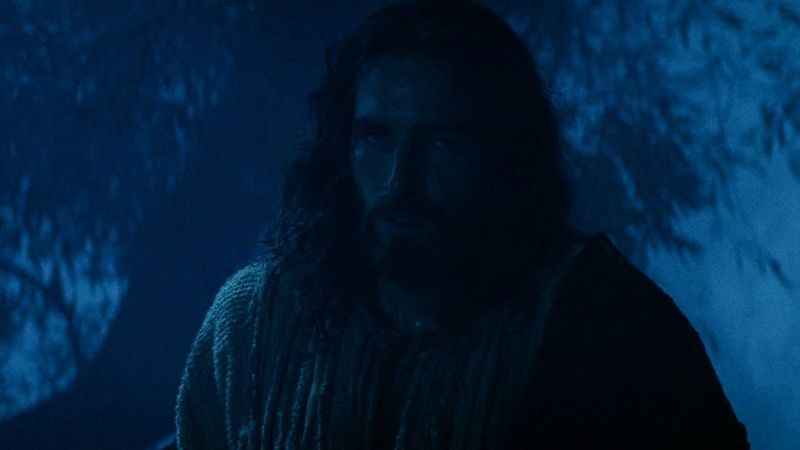
Devout audiences praised its unflinching portrayal of Jesus’ crucifixion as deeply moving. Critics, however, accused it of being excessively violent, manipulative, and politically divisive. The movie broke box-office records, proving its enormous appeal among believers. Others dismissed it as little more than a brutal exercise in suffering.
Supporters insist the visceral violence makes the sacrifice feel real, while detractors believe it crosses into exploitation. Whichever side you fall on, it remains one of the most debated religious films of all time.
14. The Exorcist (1973)
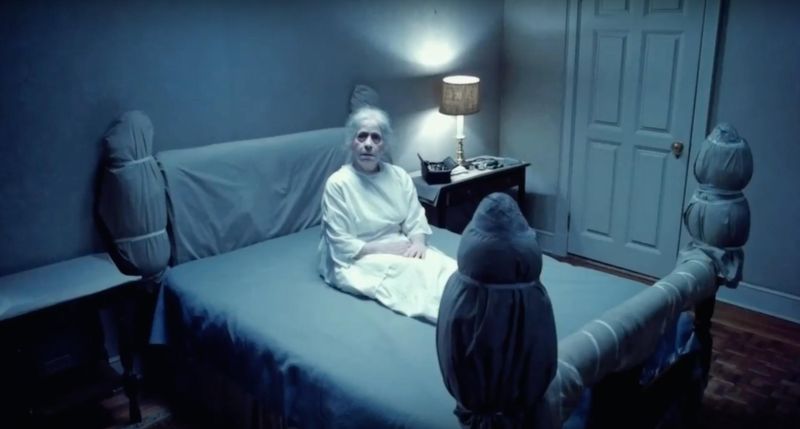
When The Exorcist premiered, it terrified audiences in ways few films had before. Some moviegoers fainted, vomited, or fled theaters, while others hailed it as a revolutionary horror masterpiece. Critics were split between praising its craftsmanship and condemning its graphic blasphemy. Over time, it became one of the most iconic horror films ever made, but the unease it provokes hasn’t faded.
Admirers see it as proof of cinema’s power to shock and move audiences simultaneously. Detractors still find it gratuitous and deeply offensive. Even decades later, it continues to divide anyone brave enough to revisit it.
15. The Birth of a Nation (1915)
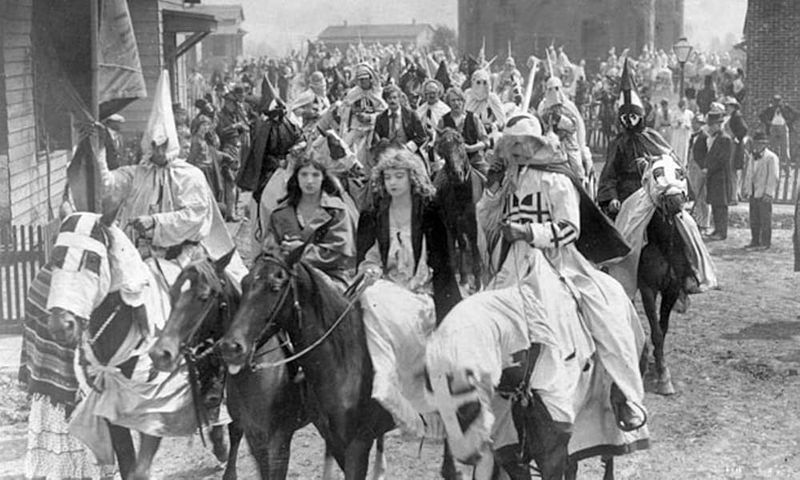
D.W. Griffith’s The Birth of a Nation may be the most controversial film in American history. It revolutionized filmmaking with innovative techniques still studied today. Yet its openly racist portrayal of the Civil War and glorification of the Ku Klux Klan sparked protests and outrage.
Supporters once praised it as groundbreaking cinema, while critics condemned it as dangerous propaganda. The film remains a troubling paradox: technically brilliant but morally abhorrent. Some argue it should be preserved as history; others want it forgotten altogether. Love or hate aside, it forces audiences to grapple with cinema’s power to both inspire and harm.
16. Get Out (2017)
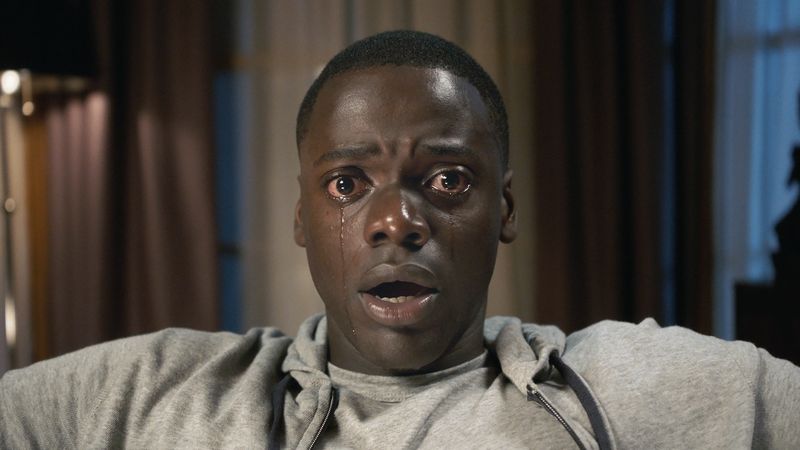
Admirers called it one of the smartest debuts of the century, a genre film with layers of meaning. Still, some viewers rejected it, claiming the racial allegory was heavy-handed or divisive. The film’s success turned Peele into a household name, though not without backlash from those who thought the praise was excessive.
Fans cherish its originality, its suspense, and its cultural relevance. Critics on the other side see it as overrated, more political statement than horror. Whether masterpiece or overhyped, Get Out is impossible to ignore.
17. Marie Antoinette (2006)
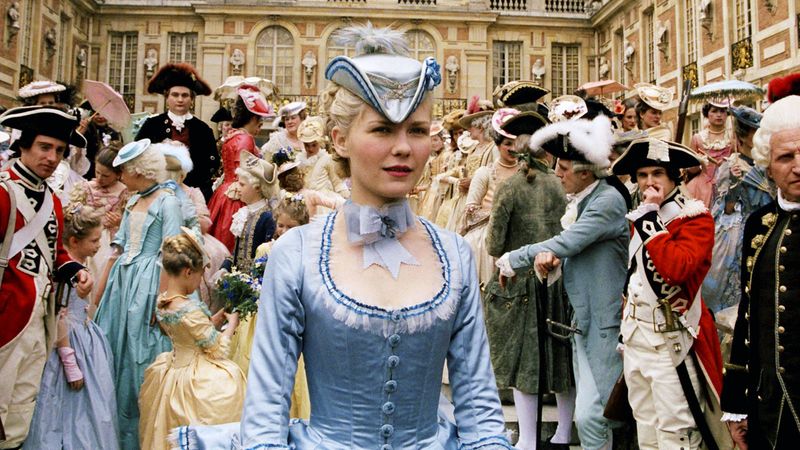
Sofia Coppola’s pastel-drenched Marie Antoinette caused a stir when it debuted at Cannes. Some adored its modern soundtrack and stylish reinterpretation of history, calling it fresh and daring. Others booed it outright, finding it shallow, indulgent, and historically tone-deaf.
Kirsten Dunst’s performance drew praise, but the film’s irreverence alienated traditionalists. Supporters say it captures the alienation of privilege in ways history books can’t. Detractors argue it’s all frosting with no cake. Still, few period dramas have been as hotly debated as this decadent confection.
18. Pulp Fiction (1994)
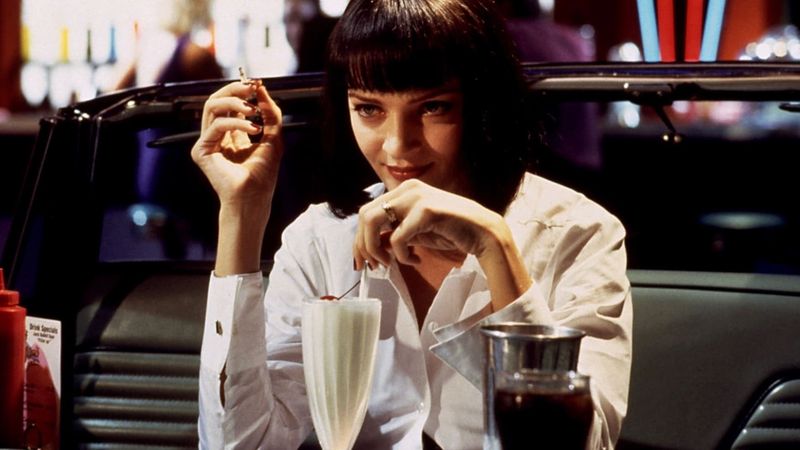
Fans love its nonlinear storytelling, quotable dialogue, and stylish violence. Yet some critics call it shallow, self-indulgent, or even immoral. At Cannes, it was met with both boos and a Palme d’Or, a perfect symbol of its polarizing nature.
Admirers celebrate it as a postmodern masterpiece; detractors roll their eyes at its pop-culture bravado. Its influence on filmmaking is undeniable, but whether that influence was good or bad remains debated. Few films embody love-or-hate cinema as perfectly as Pulp Fiction.
19. Crash (1996)
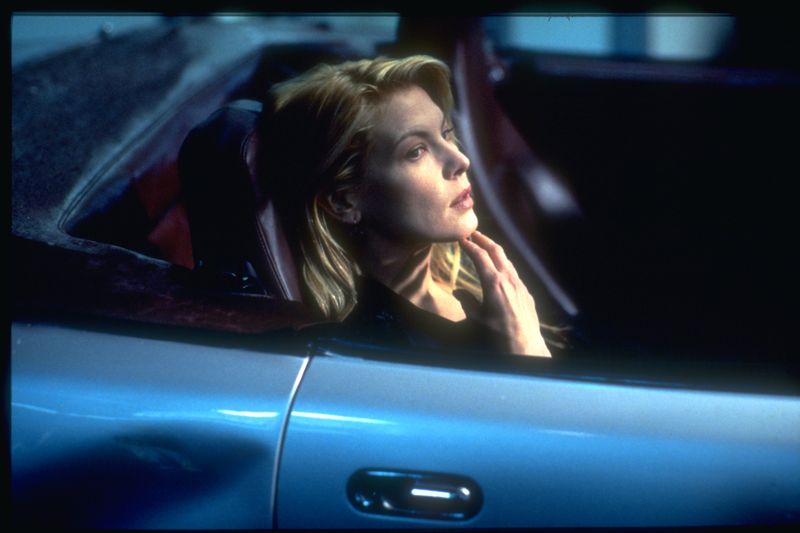
David Cronenberg’s Crash tackled violence and technology in ways that unsettled nearly everyone. The story of people aroused by car accidents disturbed many who saw it. Admirers defend it as a provocative exploration of obsession and alienation.
Critics condemned it as grotesque, exploitative, or simply absurd. At Cannes, it was both booed and awarded a special jury prize, encapsulating its divisive reputation. Fans argue Cronenberg was ahead of his time, pushing boundaries few dared. Others think it’s a wreck best left unseen.
20. Blue Is the Warmest Color (2013)
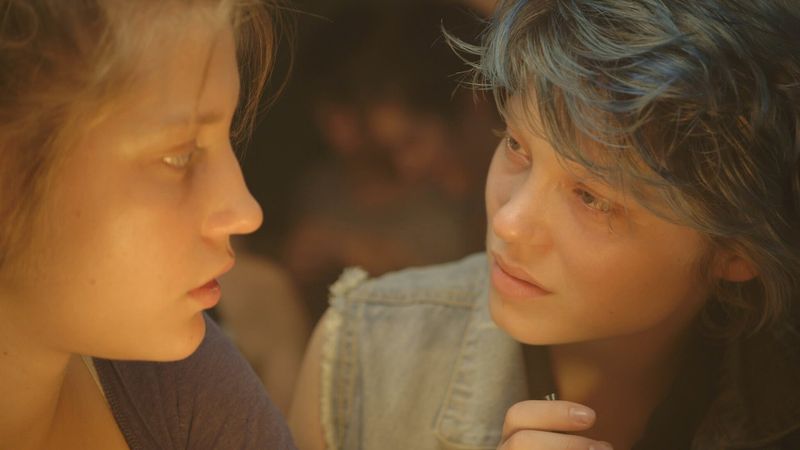
This French romance earned the Palme d’Or but quickly became the subject of controversy. Admirers were moved by the raw, passionate performances of its two leads. Detractors criticized its explicit sex scenes as exploitative and its grueling production as abusive.
Some hailed it as a modern masterpiece of queer cinema, while others saw it through a male gaze. The acclaim was undeniable, yet the backlash tarnished its reputation. For some, it remains one of the most powerful love stories of the decade. For others, it’s a troubling example of art failing its subjects.
21. Do the Right Thing (1989)

Spike Lee’s Do the Right Thing is hailed as a landmark in American cinema. Supporters see it as a vital portrait of racial tension, both timely and timeless. Others at its release condemned it as dangerous, fearing it might incite violence. Its vibrant style and explosive ending earned praise from critics but also sparked furious debate.
Admirers insist it captured truths Hollywood ignored. Detractors viewed it as inflammatory rather than insightful. Whether considered prophetic or provocative, it remains impossible to watch without a reaction.
22. Taxi Driver (1976)
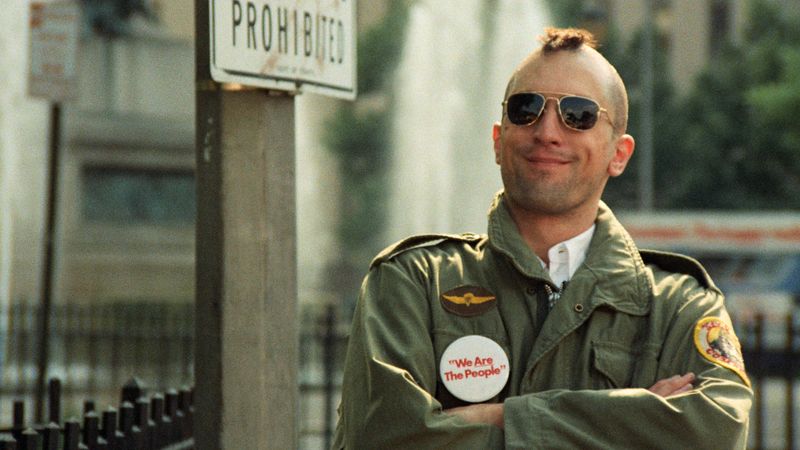
Robert De Niro’s portrayal of Travis Bickle unsettled audiences, blurring the line between antihero and monster. Some praised its raw honesty and social commentary, while others saw it as dangerously sympathetic to violence.
At Cannes, it split the jury even as it won the Palme d’Or. Admirers celebrate its haunting depiction of loneliness in urban decay. Critics sometimes dismiss it as nihilistic or glamorizing vigilantism. Regardless of stance, it leaves an imprint few films can match.
23. La Dolce Vita (1960)
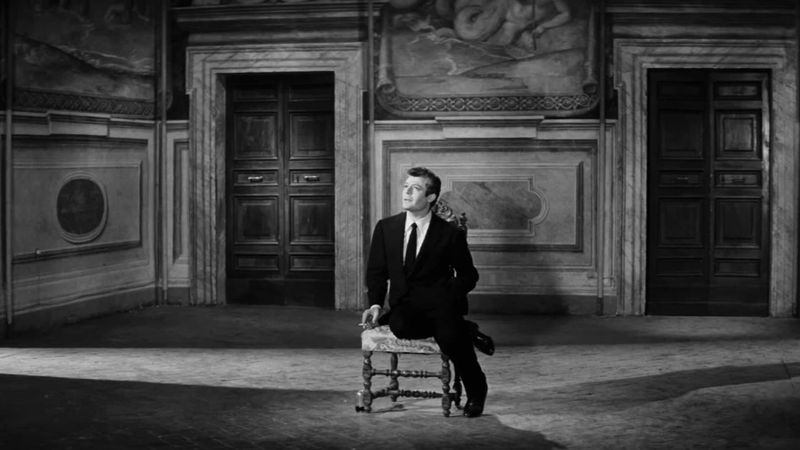
Some hailed it as a cinematic poem on modern decadence and spiritual emptiness. Others condemned it as immoral, blasphemous, and indulgent. The film was banned in several countries, sparking controversy wherever it played.
Admirers found it hypnotic and visionary, while detractors saw only excess. Decades later, its imagery—the Trevi Fountain scene especially—remains iconic. Like the lifestyle it critiques, it inspires both fascination and disdain.
24. The Tree of Life (2011)
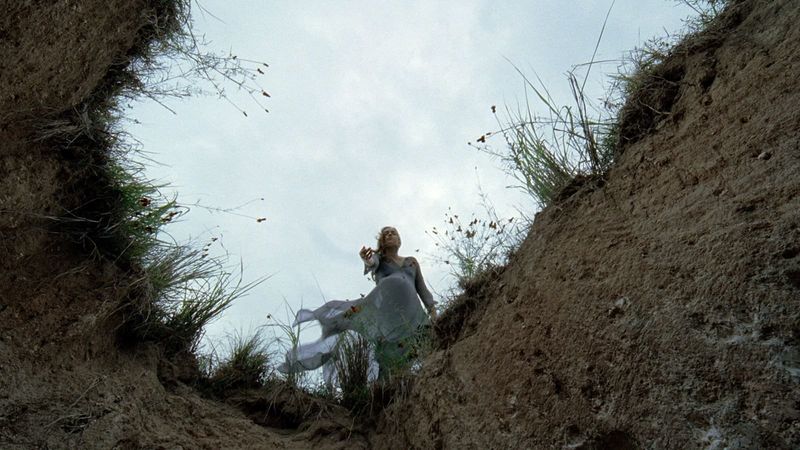
The Tree of Life is perhaps the ultimate love-or-hate art film. Admirers view it as a cosmic meditation on life, death, and existence itself. Detractors complain it’s pretentious, meandering, and incomprehensible.
Its blend of family drama and universe-spanning imagery polarized critics even at Cannes. Supporters argue it’s one of the boldest artistic statements of the 21st century. Others say it’s more screensaver than cinema. Love it or not, few films aim so high—or divide so deeply.
25. The Blair Witch Project (1999)
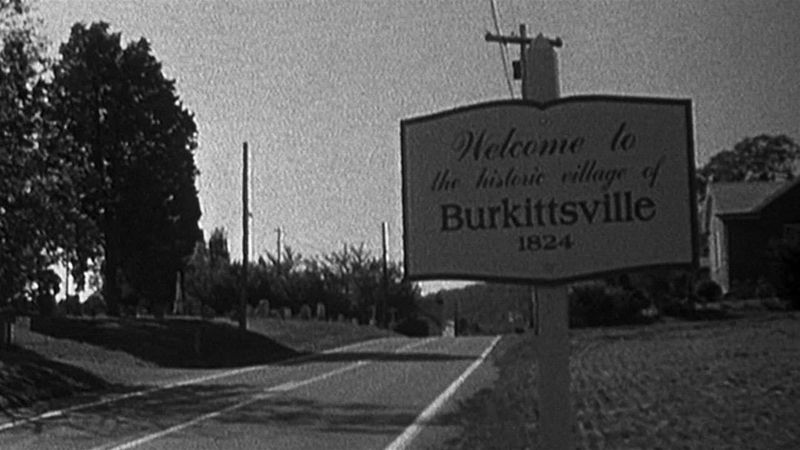
This indie horror phenomenon changed the game with its found-footage style. Many found it terrifying, realistic, and groundbreaking. Others considered it boring, poorly acted, and amateurish. The marketing campaign blurred fact and fiction, adding to its mystique.
Admirers still celebrate it as a landmark in horror history. Detractors see it as an overhyped gimmick that spawned countless inferior imitations. Two decades later, its reputation is as shaky as the camera work that defined it.
26. Fight Club (1999)
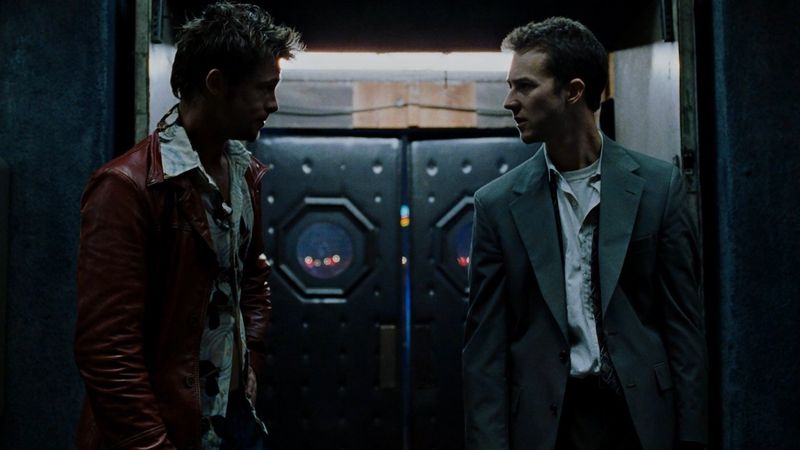
David Fincher’s Fight Club is beloved by many for its critique of consumerism and toxic masculinity. Yet the same themes that attract fans also alienate critics who see it as glorifying violence. For some, it’s a razor-sharp satire that changed their worldview.
For others, it’s an immature fantasy misinterpreted by its most ardent followers. The film’s twist shocked audiences, but not everyone felt it justified the chaos. Admirers call it essential; detractors dismiss it as edgy posturing. Either way, Fight Club ensures the first rule of film debate is to argue about Fight Club.
27. A Clockwork Orange (1971)
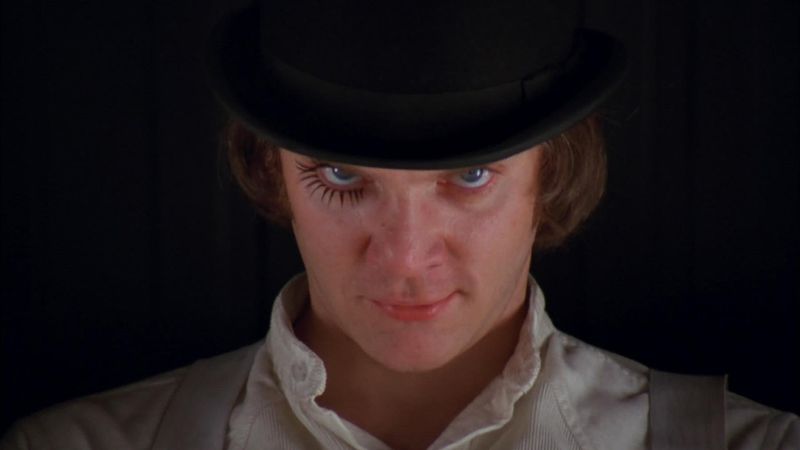
Its dystopian tale of ultraviolence and social control horrified many at its release. Admirers praised its daring visuals, bold ideas, and unforgettable style. Critics accused it of glamorizing brutality and corrupting youth.
Kubrick himself withdrew it from British circulation after violent incidents were linked to it. Supporters call it a brilliant exploration of free will; detractors call it dangerous trash. Like its protagonist Alex, the film forces audiences to confront uncomfortable truths, whether they want to or not.

Comments
Loading…